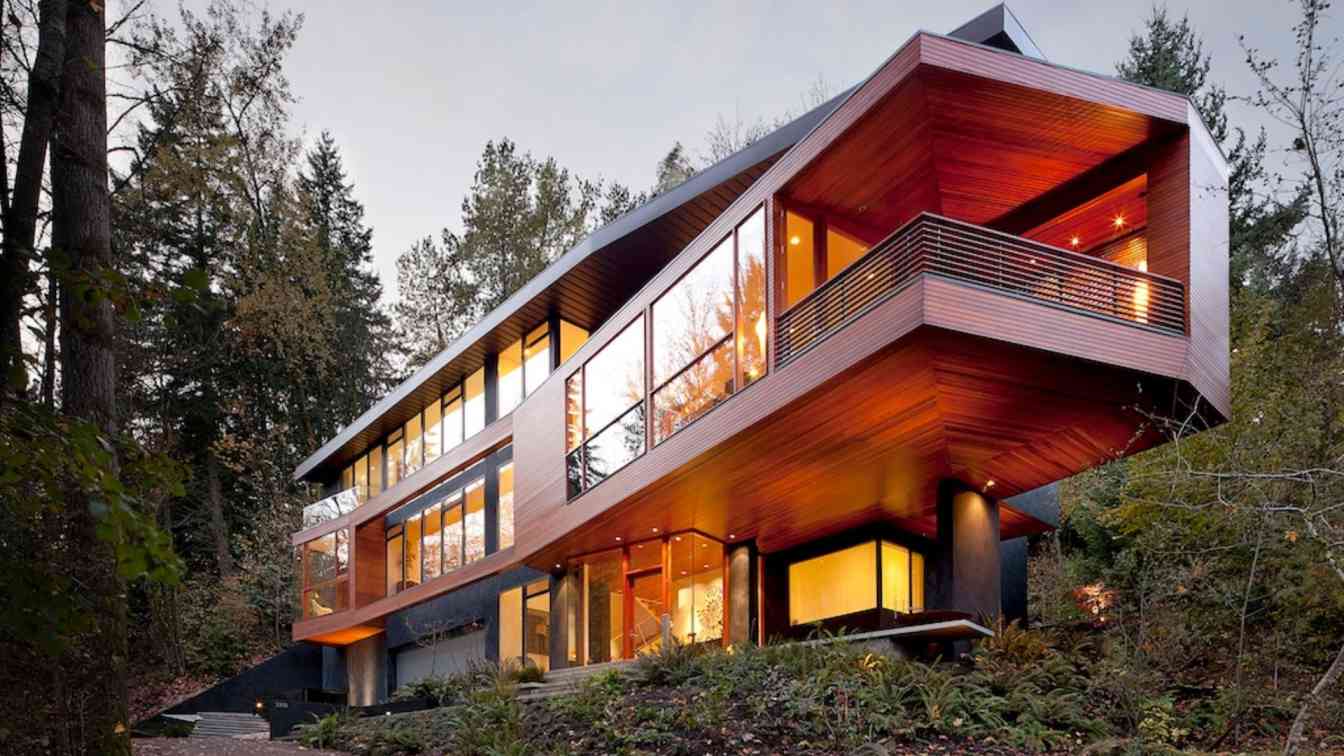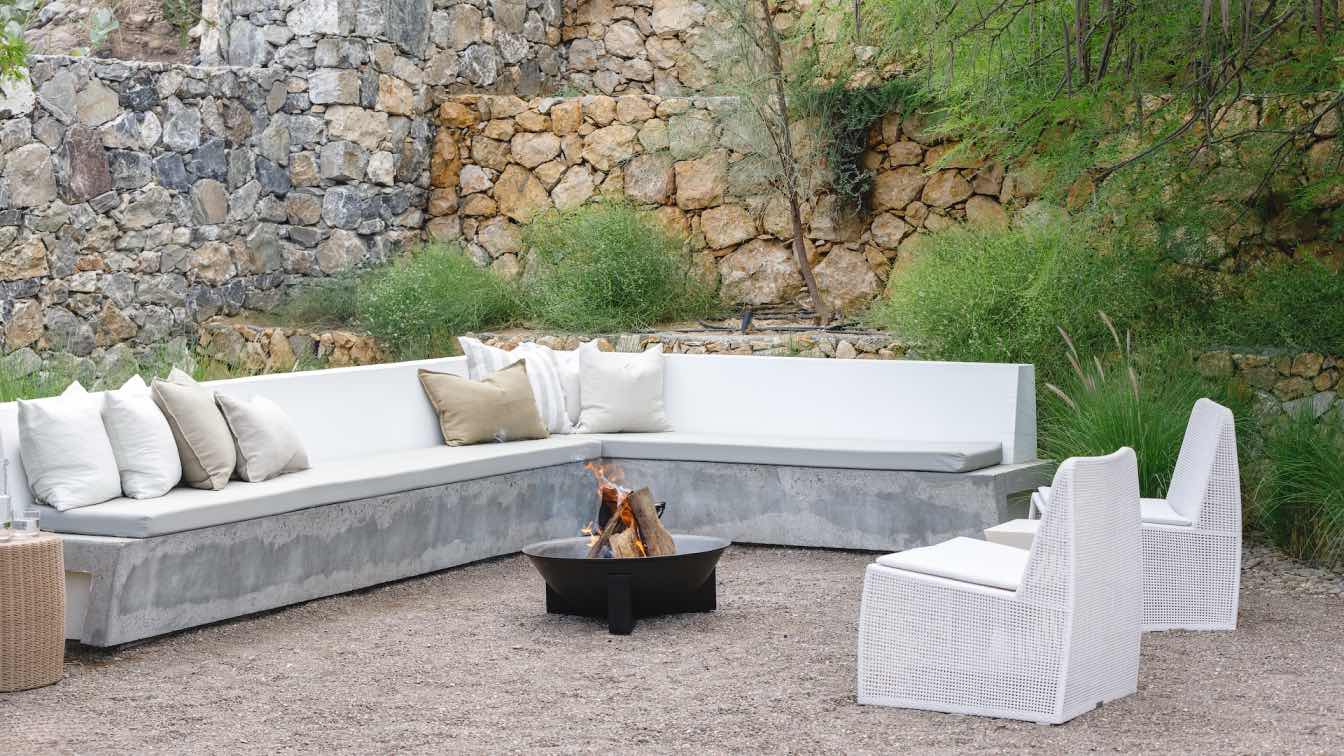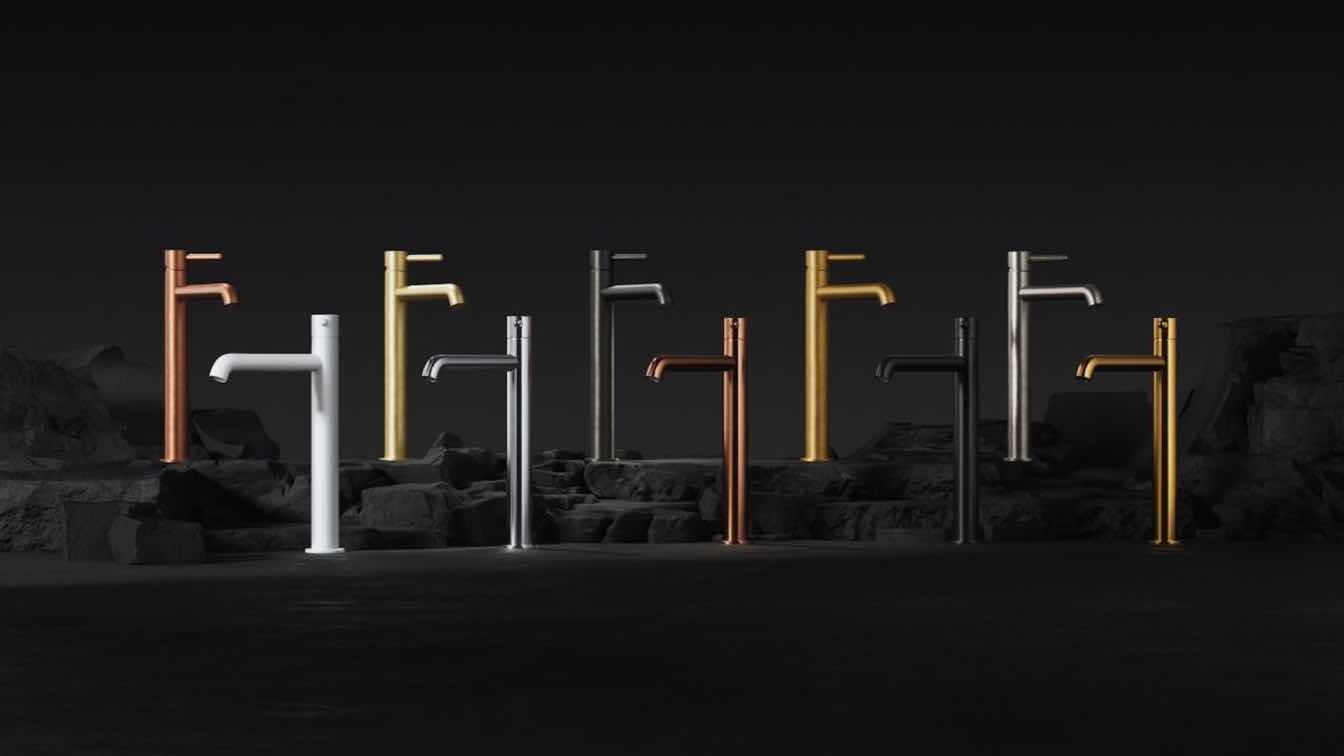” This is one of the most intelligent, ecological, innovative and structurally and technologically complex houses we have ever designed in BXB studio.” Bogusław Barnaś
Wienerberger, Multiko and studio BXB competed together for the title of the best building in the world at the World Architecture Festival finals in Singapore.
Why was The Cave House the only house from Poland in the finals of the World Architecture Festival? Here are some surprising facts about this project:
1. WAWEL DRAGON
The Cave House, inspired by the legend of the Wawel Dragon, will be built on a plot of land overgrown with ferns, in the neighborhood of the Wolski Forest, near Krakow's Blonia, and will have a view of all of Krakow. It is a building in which modern design referring to the legend of the Wawel Dragon is combined with the idea of ecological and sustainable architecture.
2. GARDEN UNDER AND ON TOP OF THE BUILDING
The Cave House will have two gardens - one forested in the Cave - under the building, the other in the shape of a waving field located on the roof.
3. DRAGON FACADE AND DRAGON EYE
The facade, with an unusually complex plane, will be covered with parametrically molded brick to resemble Dragon Scales. The Wienerberger ceramics used also refer to Krakow's traditions, the ubiquitous brick here forming the surrounding houses, tenements and fortifications on Wawel Hill. Together with specialists from Multiko, the architects developed not only the panoramic glass windows that wrap the entire building, but also a surreal glass swimming pool similar to the unusual Dragon's Eye.
4. INNOVATIVE ENTRY PORTAL
The architects designed an unusual entrance portal inspired by the centuries-old tradition of forming the entrance area of the building, which, in addition to its basic representative functions, has additional elements performing specific functions in the building, such as forming and illuminating the forest garden, covering the entrance area, acting as a static ballast for the building's overhanging structure as well as a structural base for the indoor stairs, using air circulation through an outdoor chimney ventilating the building with air filtered by the forest microclimate of the Cave, using intelligently controlled windows.
5. A CHIMNEY LIKE NEVER BEFORE
Designers of the house called the ventilating chimney the characteristic shape of the portal - a wavy facade finished with uniquely laid Wienerberger bricks. The chimney on the facade absorbs air coming from inside the cave and forms an arcade that protects the south facade from the sun's rays in summer. There is an automatically controlled window at the base of the chimney that regulates the flow of natural air into the building, supporting the natural ventilation of the house with air filtered by the forest microclimate.
6.TERRACE WITHOUT BALUSTRADE LEVITATING ABOVE THE ROOF
At the top of the building, the viewing terrace has been designed to levitate above the meadow and doesn't need a balustrade while still being completely safe to use. In this way, the panoramic view of the whole of Krakow is not interrupted. On the terrace, which is covered by a flowery meadow, a customised outdoor Cana kitchen was designed by BXB studio, creating the idea of outdoor living & cooking.
7.PRIVATE COTTAGES
Interestingly, the living area of the house has the character of a modern, modernist, fully glazed interior, while the first floor is formed by spaces of smaller rooms whose interiors resemble cosy chalets covered by a two-sided roof.
8. NATURAL LIGHT IN THE BASEMENT
The building is equipped with a lift that connects all 2 above-ground and 2 underground levels. Another interesting fact is that the architects brought daylight to the underground levels through specially shaped, glass wells developed together with Multiko engineers.
9.ECOLOGICAL INNOVATIONS
The building will be equipped with the most recent intelligent systems to ensure optimal energy efficiency fused with the natural environment, geothermal, irrigation systems, rainwater systems, wall heating and cooling systems, heat pump, natural ventilation and the use of solar energy. For the construction of The Cave House, the most modern products for sustainable construction such as Porotherm Klima+ will be used, ensuring 20% lower CO2 emissions in the production process. Through a rational architectural structure, the building cooperates with the natural environment, lighting, sides of the world, topography, wind, water, view axes, forest and meadow.
10. TUNNEL + CAVE
Access to the building is another innovative design at The Cave House. To optimise communication on the steep slope, a tunnel was designed that starts after crossing the property boundary and leads inside the building. This reduced driveway problems and the need for snow removal or road maintenance. It also created more green space on the plot, hiding the infrastructure underground. Pedestrian access to the house, and more specifically to its southern façade, is by the shortest possible route - we do not go around the building, but simply follow a natural forest path under the building, over a gently sloping hillside that hides the underground levels. In this way, we create an inter-storey shaded forest landscape, which we have named The Cave.
11. BIOPHILIC + DESIGN + TRADITION
The Cave House - is a building whose unique and innovative design is a derivative of ecological functional and spatial ideas and the principles of the so-called human-centered biophilic design, i.e. architecture focused on human health and well-being. These two issues - modern design and eco elements become an inseparable, coherent unity here. Moreover, they refer to the local tradition, history of the place, the nature of the surrounding landscape and the principles of sustainable development.” Bogusław Barnaś
12. WORLD ARCHITECTURE FESTIVAL
The World Architecture Festival is the world's largest festival where architects from around the globe present their projects live, from which judges will select a winner. This year's finalists include Bjarke Ingels Group, Foster+ Partners, Zaha Hadid Architects, UNStudio, Perkins+Will, Grimshaw Architects, Broadway Malyan or Henning Larsen. Two studios were among the finalists from Poland - BXB studio and 3XA studio from Wrocław. The final of the Festival took place in Singapore, at Marina Bay Sands from 29 November to 1 December 2023.





